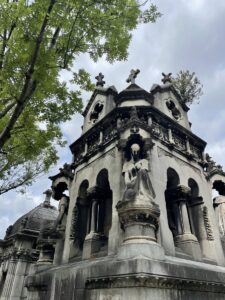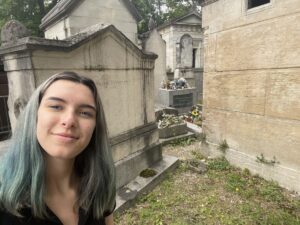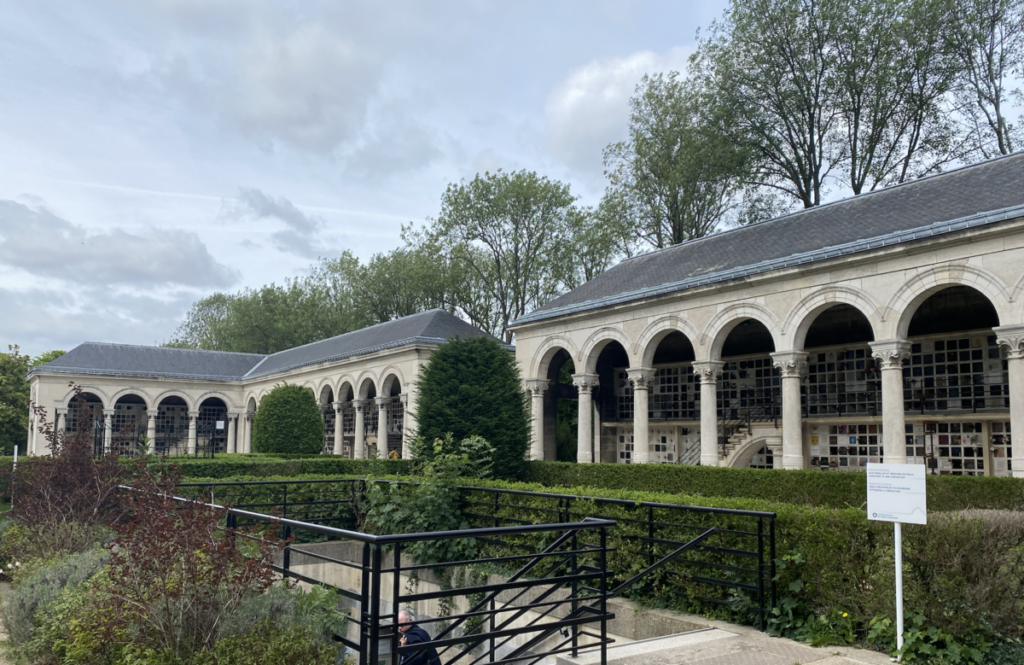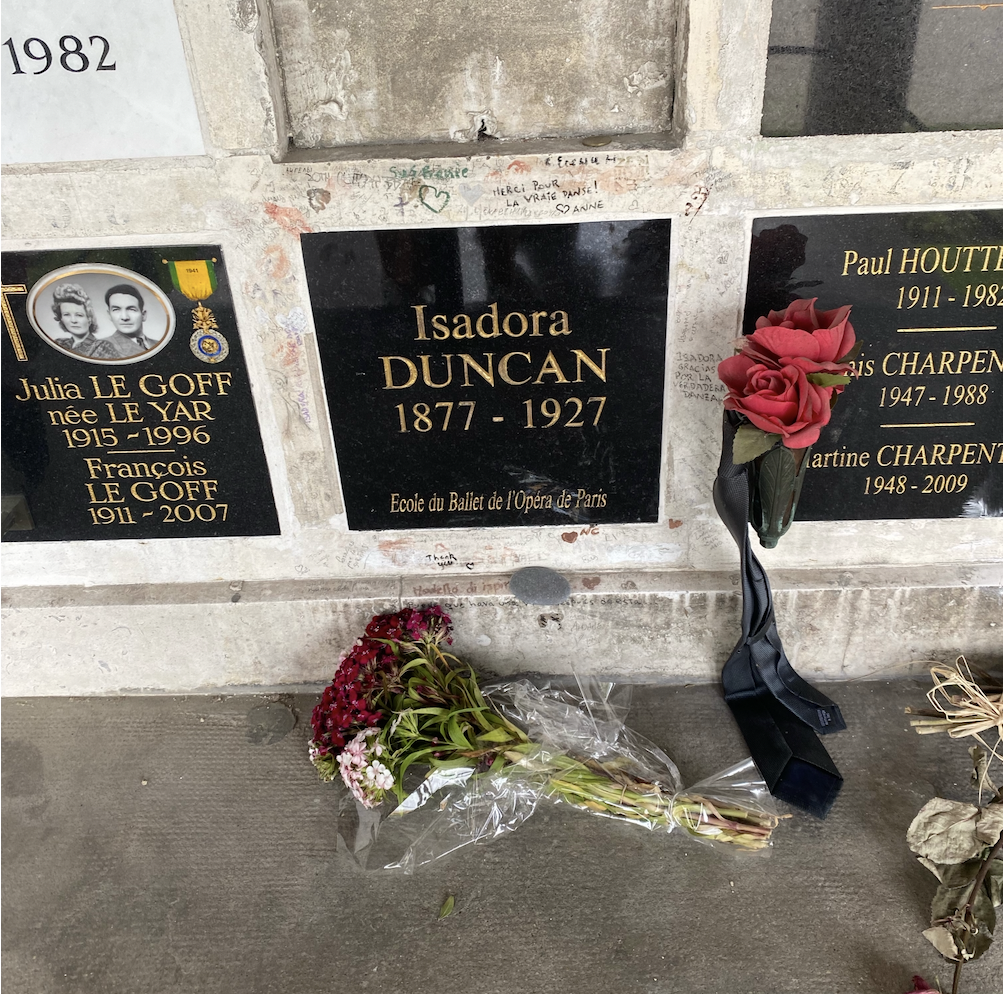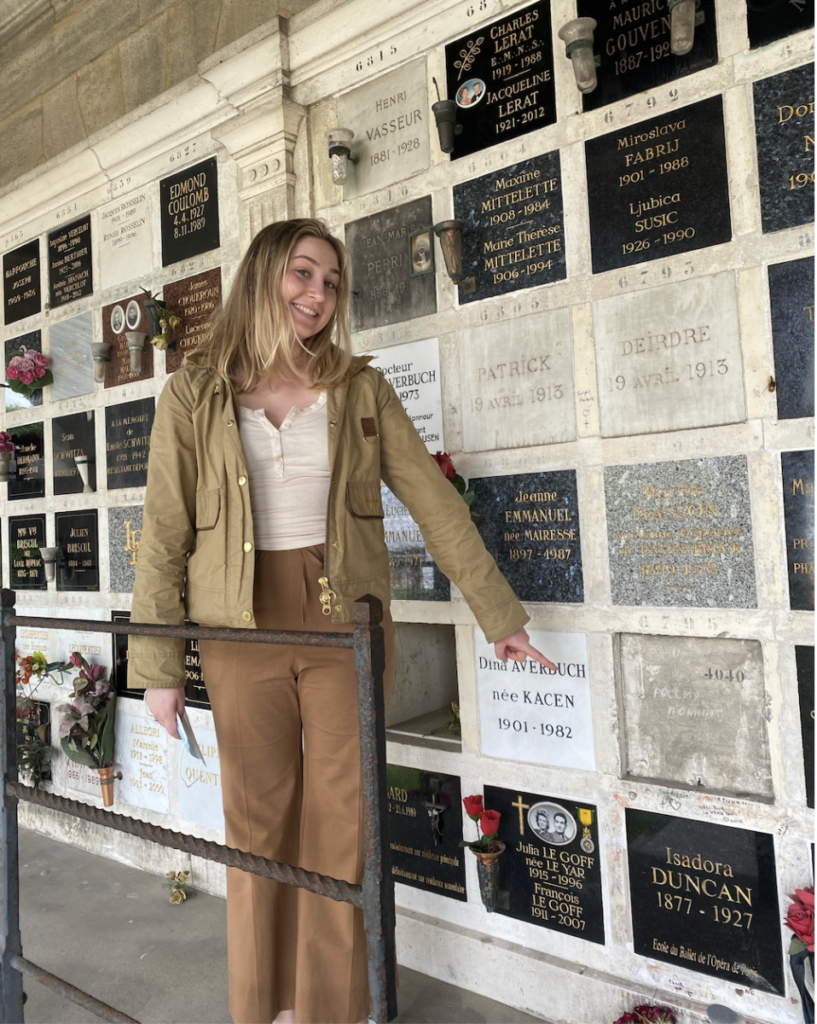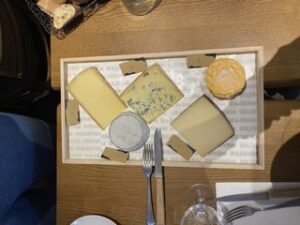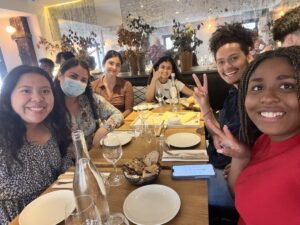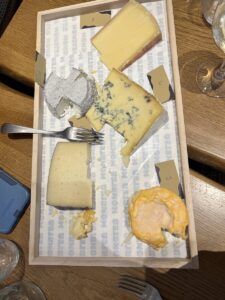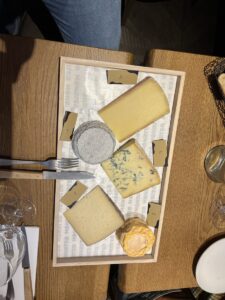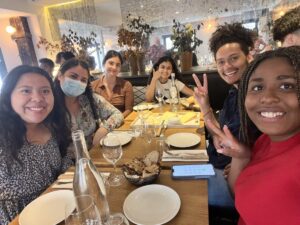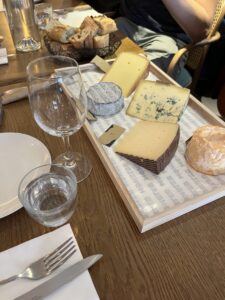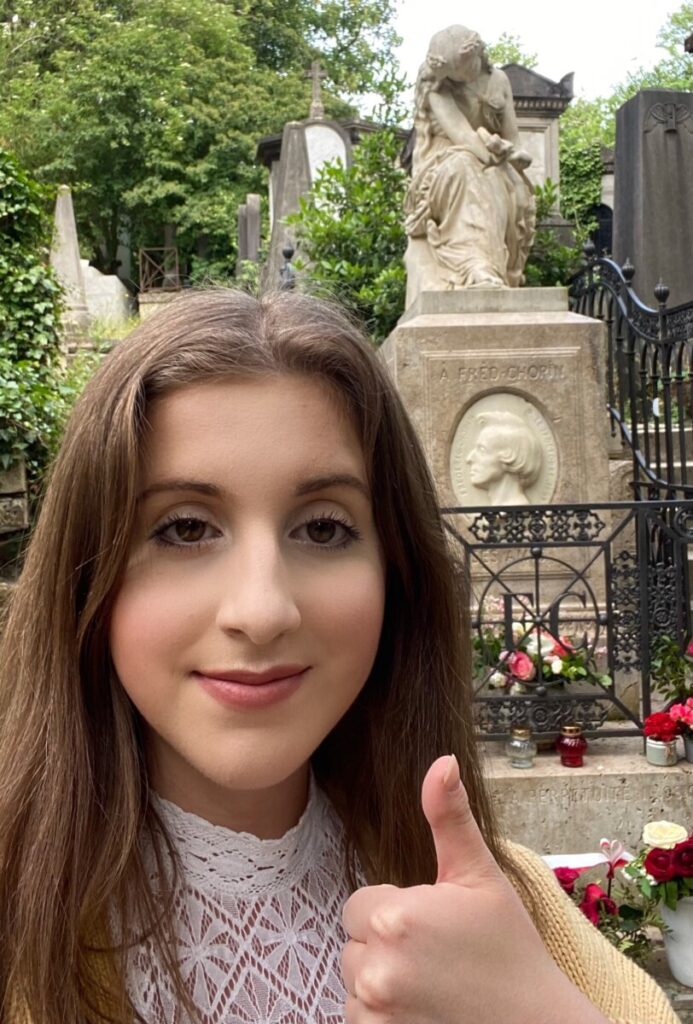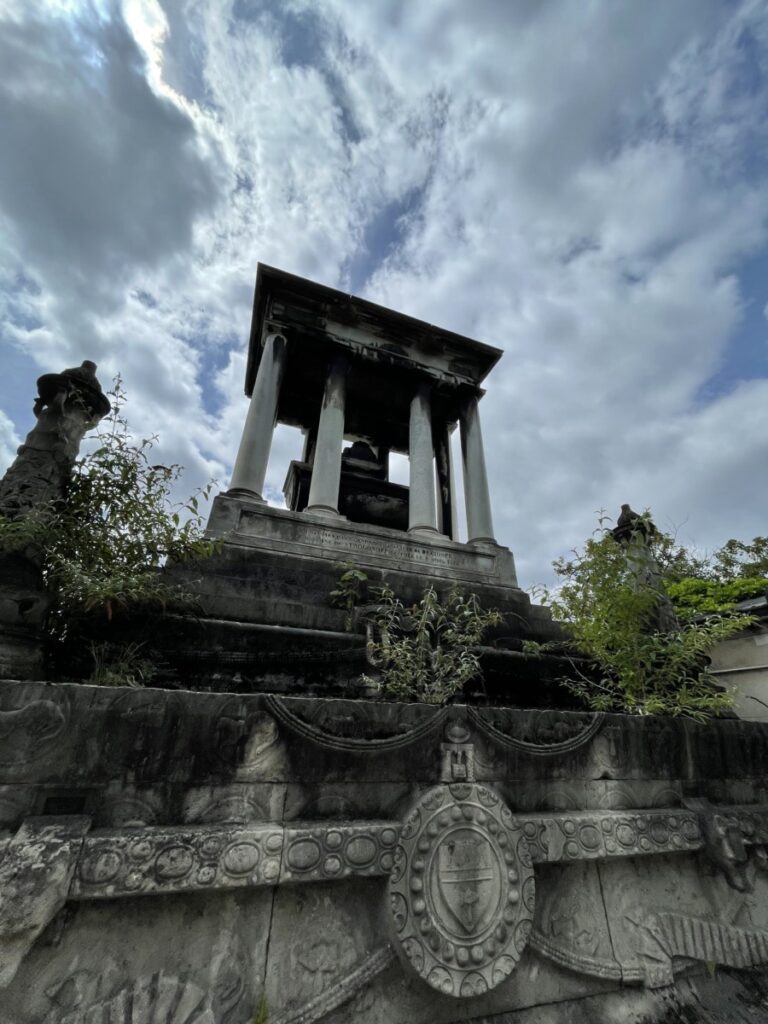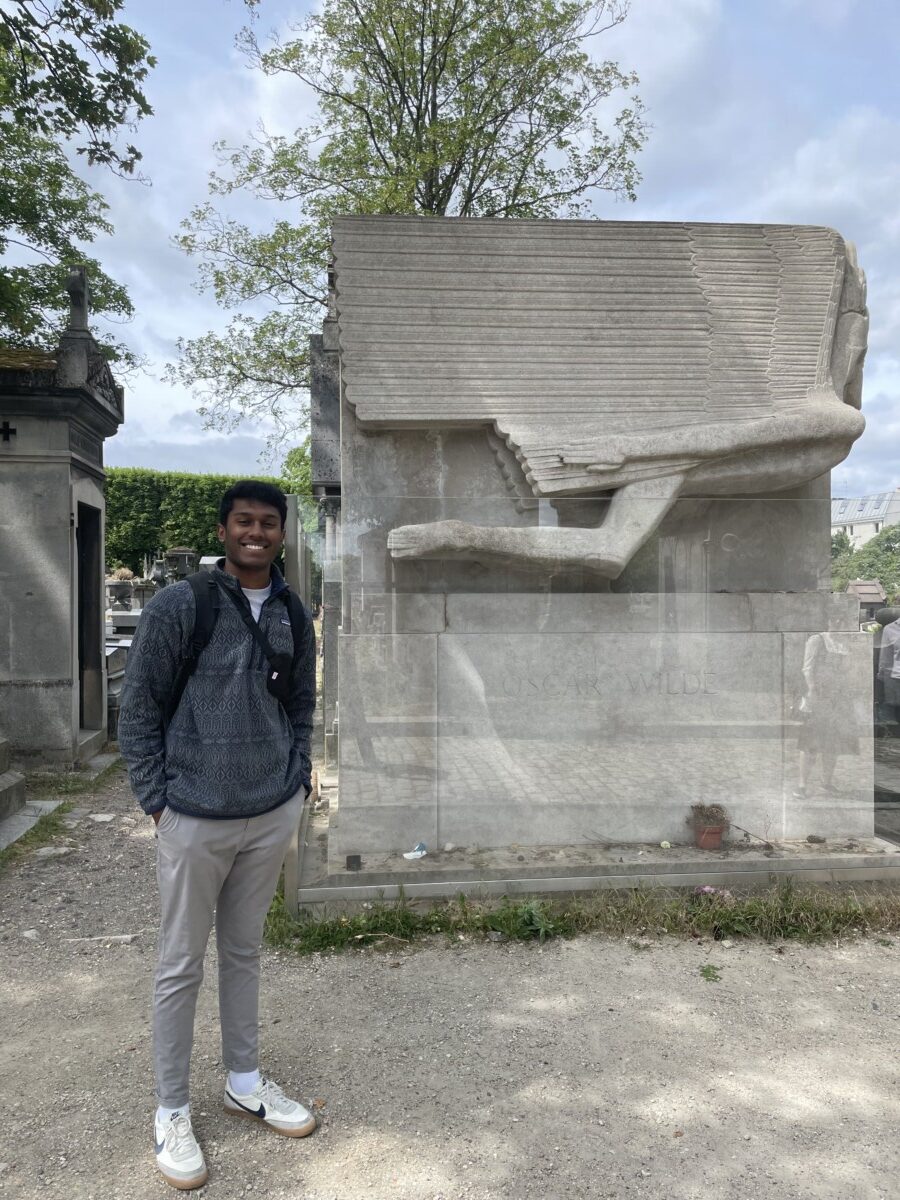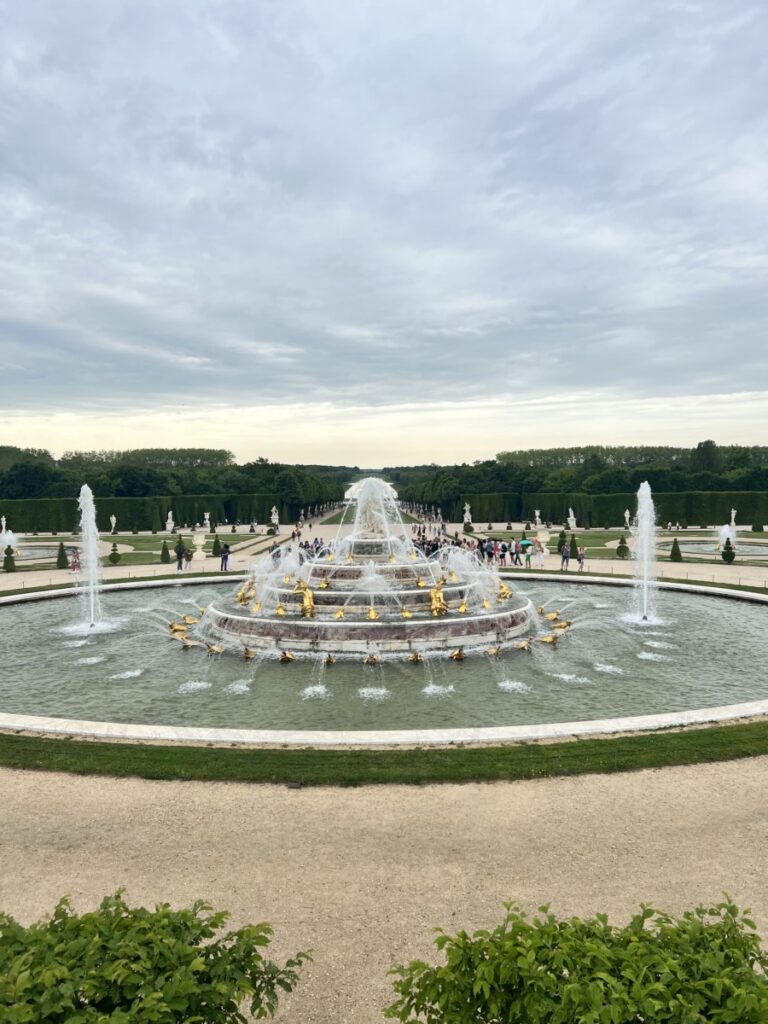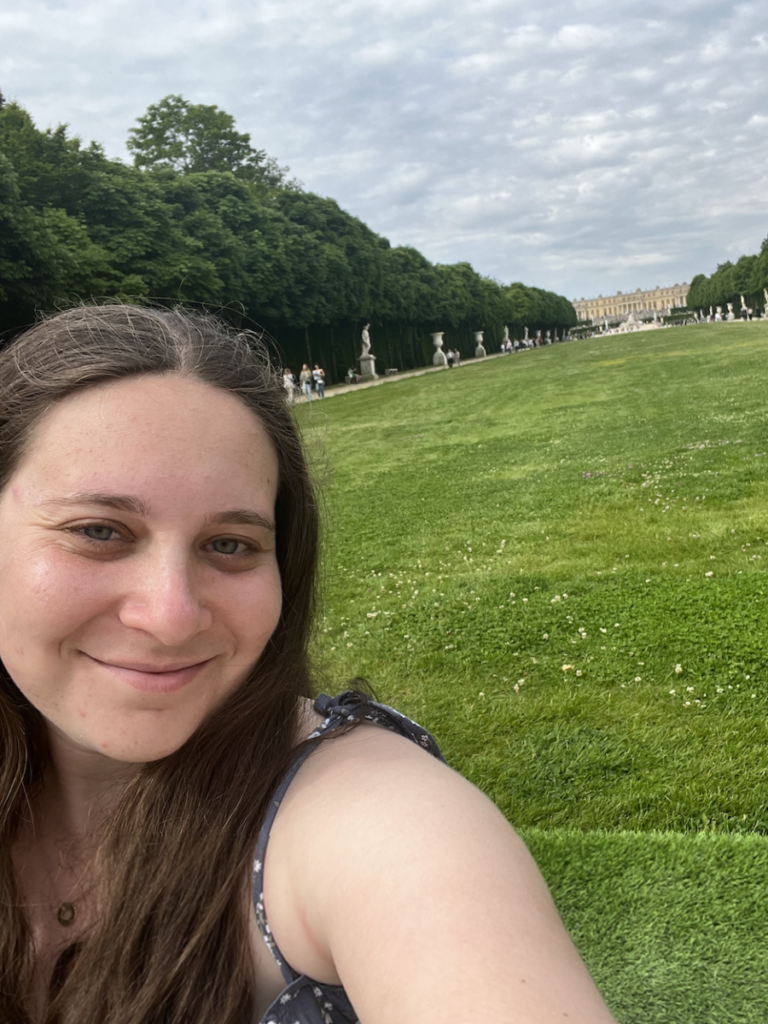As I awkwardly stumbled through the mossy, winding cobblestone paths of the Père Lachaise cemetery, my visits to graves belonging to some of the most renowned creatives to grace the world reminded me of how once we bury a person’s lifeless body, we no longer have access to their thoughts or feelings in the ways we were familiar. Artists, writers, and musicians whose craft produced unforgettable memories and experiences for thousands or even millions of people are often grieved the most, the flow of their incredible contributions cut off at the source, often suddenly and without warning. This is proved by the continued devotion with which these people pay their respects to the final resting place of these icons. But does Mother Nature’s forcible censorship of a person’s passionate expressions through death necessarily mean all traces of their existence are wiped from the Earth?
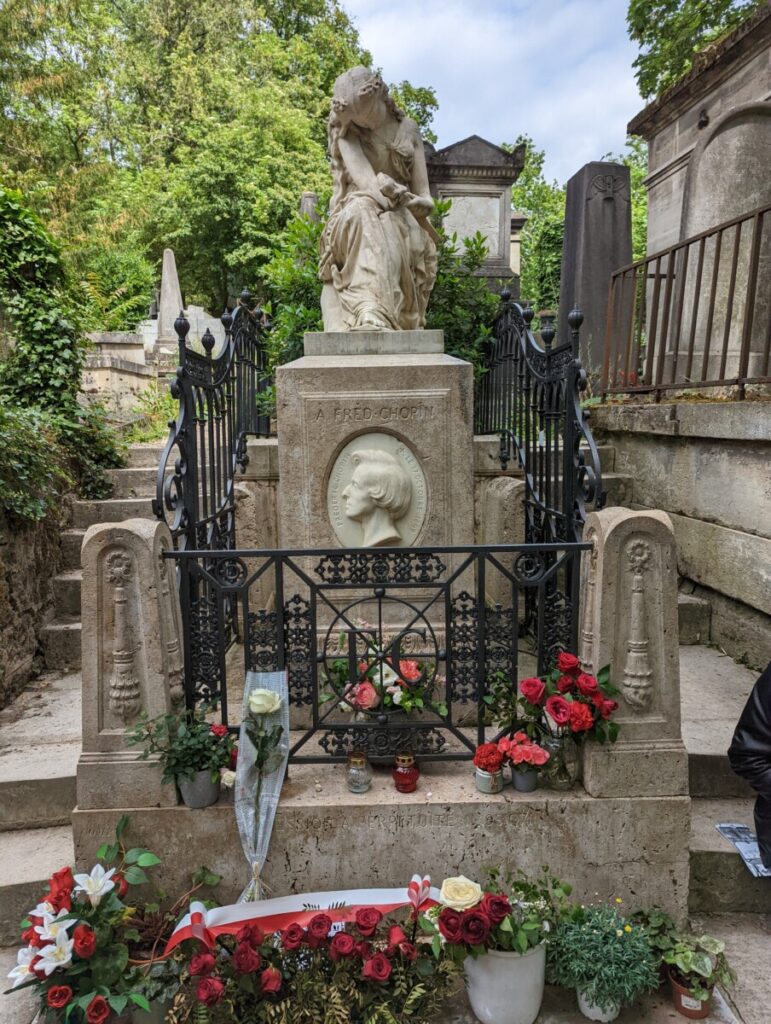
Considering this question brought me a few blocks away from the cemetery’s main entrance. Here, the last remaining traces of the Prison de Roquette guillotine can be found in the form of support stones scattered through the asphalt of the main road. It was used to perform public executions by beheading for almost half a decade before the prison’s closure at the end of the 18th Century. I’m sure all of its victims had similar thoughts about how long the traces of their mortal existence would remain after its blade met their necks. Luckily for them an answer exists: a little less than a minute. At least, according to a 2011 study which found that though consciousness ended seconds after decapitating wakeful rats, brain activity measured via EEG didn’t suffer any massive loss of function until after about 50 seconds later, when a surge activity was followed by much more muted readings (Rijn et al., 2011). This was interpreted to indicate a loss of the neuron membrane potentials (Rijn et al., 2011), crippling their ability to function.

Though I doubt the ethics of decapitation were a concern for those in charge of the executions, they can rest easy knowing that the near immediate loss of consciousness means there was no undue suffering as the victims met their end. However, the minute-long mark described isn’t necessarily it for us. As evidenced by this graveyard, while we may leave this world as conscious beings, the parts of us carried by others will allow us to retain some level of presence in the world. As long as people still pay respects to our memory, we can (mostly) rest easy.
Rijn, C. M., Krijnen, H., Menting-Hermeling, S., & Coenen, A. M. (2011). Decapitation in rats: Latency to unconsciousness and the ‘wave of death.’ PLoS ONE, 6(1). https://doi.org/10.1371/journal.pone.001651


